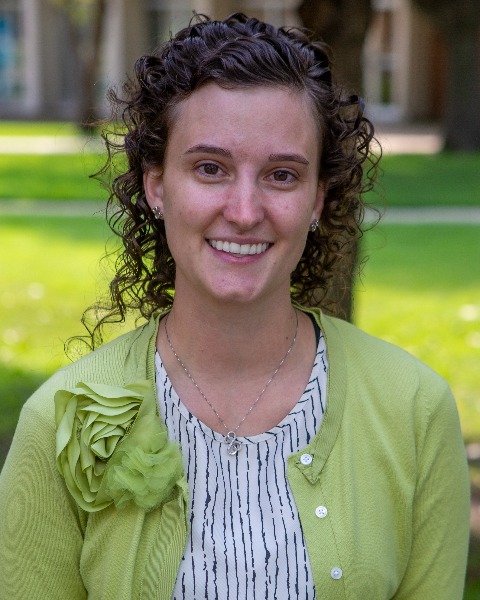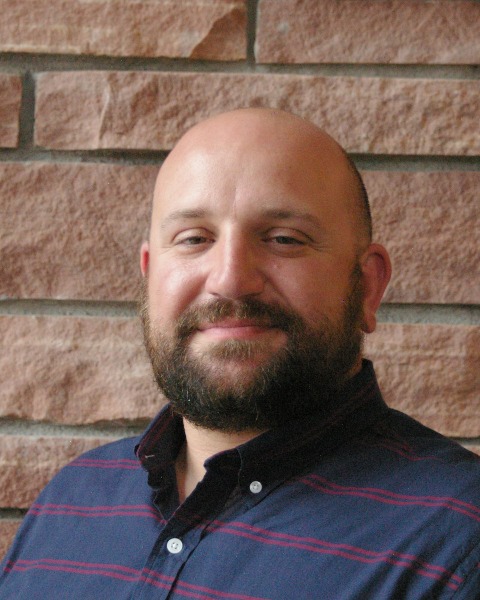Symposia
Research Methods and Statistics
2 - (Sym 68) Utilizing Classification Trees to Identify Differential Risk Factors for Attempting Suicide Across Intersections of Gender Identity and Sexual Orientation
Recommended Readings: Ferguson, S. L., G. Moore, E. W., & Hull, D. M. (2020). Finding latent groups in observed data: A primer on latent profile analysis in Mplus for applied researchers. International Journal of Behavioral Development, 44(5), 458-468. https://doi.org/10.1177/0165025419881721
Gauthier, J., Wu, Q. V., & Gooley, T. A. (2020). Cubic splines to model relationships between continuous variables and outcomes: A guide for clinicians. Bone Marrow Transplantation, 55(4), 675-680. https://doi.org/10.1038/s41409-019-0679-x
Dwyer, D. B., Falkai, P., & Koutsouleris, N. (2018). Machine learning approaches for clinical psychology and psychiatry. Annual Review of Clinical Psychology, 14, 91-118. https://doi.org/10.1146/annurev-clinpsy-032816-045037

Patrice A. Arkfeld, M.S.
Graduate Student
Colorado State University
Fort Collins, Colorado
Patrice A. Arkfeld, M.S.
Graduate Student
Colorado State University
Fort Collins, Colorado
Gemma T. Wallace, M.S.
Graduate Student
Colorado State University
Fort Collins, Colorado- MM
Maggie Mataczynski, B.S.
Graduate Student
Colorado State University
Fort Collins, Colorado - NE
Noah Emery, Ph.D.
Assistant Professor
Colorado State University
Fort Collins, Colorado 
Bradley T. Conner, Ph.D.
Associate Professor
Colorado State University
Fort Collins, CO
Mark A. Prince, Ph.D.
Assistant Professor
Colorado State University
Fort Collins, CO
Presenter(s)
Co-author(s)
Individuals who identify as gender and sexually expansive endorse higher rates of suicidal behaviors compared to individuals who identify as cisgender and/or heterosexual. Previous research investigating the associations of gender and sexual orientation identities with suicide attempts have often modeled social identities as independent predictors with limited utility because most people hold intersecting identities. Previous single identity approaches may have been too narrow to capture the intersection of gender and sexual identities. The rareness of suicide attempts poses a further methodological challenge in that few studies have the capacity to assess the large number of factors associated with suicide attempts. This presentation will demonstrate how classification trees (CTs) and count regressions can be used to address these methodological gaps by identifying predictors for suicide attempts that may be more salient among certain identity intersections.
We examined a diverse sample of 45,013 Colorado adolescents (12-18 years; Mage = 15.69; 82.47% cisgender, heterosexual, 12.98% = cisgender, expansive sexual orientation, 3.04% = expansive gender, heterosexual, and 1.51% expansive gender and sexual orientation; 8.17% had attempted suicide). We used CTs, a person-centered machine learning algorithm, to discern how several risk and protective factors for suicide attempts varied across four intersections of gender and sexual orientation. Substance use and other suicidal behaviors and emerged as salient predictors of suicide attempts in all models. Individuals with expansive sexual orientations and cisgender identities who attempted suicide were more likely to report forced sexual encounters, while non-suicidal self-injury was a salient predictor among individuals with cisgender, heterosexual identities. Grade in school was a salient predictor among those with expansive gender identities, regardless of sexual orientation. Models generally performed well (xval error = 0.614±0.037 - 0.810±0.019). Additional count regression analyses probed the moderating effects of intersectional identities on the relations between salient risk factors and suicide attempts. For example, adolescents who endorsed an intersection of expansive identities reported more attempts when experiencing depression compared to dominant identity counterparts. Results emphasize how CTs can efficiently account for intersectionality to inform individualized assessment and treatment among adolescents at risk for attempting suicide.

